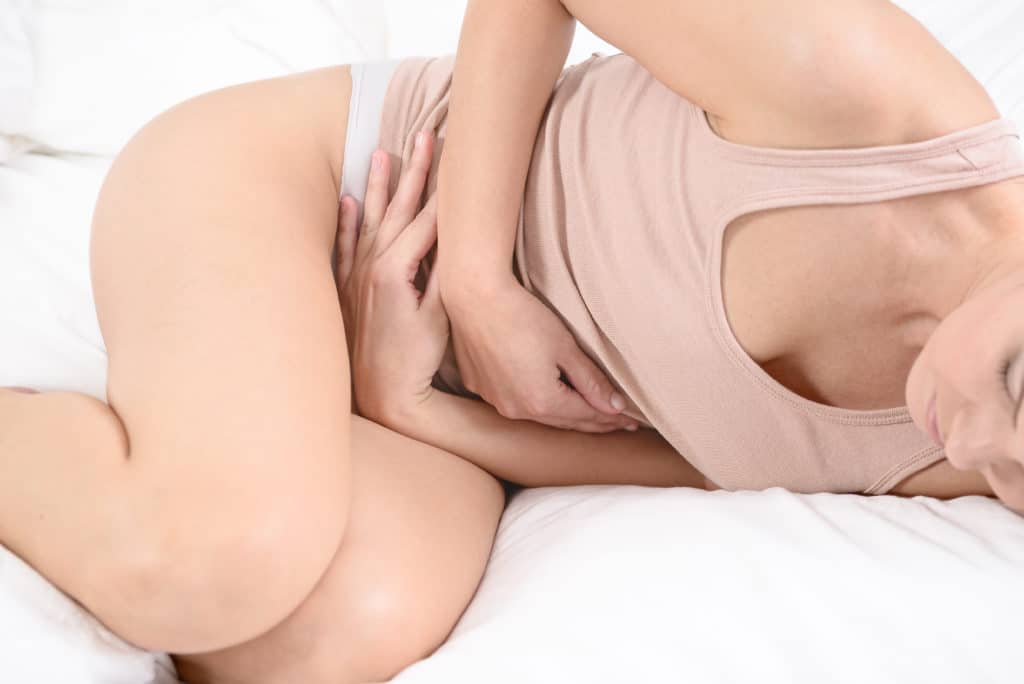Doula students take note: Supermodel Chrissy Tiegen’s tweet about her uterus is a good reminder that postpartum healing is not confined to six weeks.
Chrissy Tiegen has a knack for being relatable and brutally honest on her social media feeds. It’s been no different since she gave birth to her daughter, Luna, four months ago. In her latest postpartum tweet, the supermodel shed some light on her healing process:
I feel like tiny underpaid workers are putting my uterus back together and they’re super bitter about it so they aren’t doing a good job
— christine teigen (@chrissyteigen) August 23, 2016
By sharing this, Tiegen offers a good reminder for doula students: postpartum healing takes time.
In response to her tweet, SELF magazine interviewed several women’s health experts to get the low down on what really happens to a woman’s body as it recovers from birth.
During the first six weeks postpartum, the uterus will be rapidly shrinking back down the size of a fist. While this is happening, a mother may experience period-like cramps that come and go like waves.
After that initial six weeks, abdominal muscles may still be healing. Although the uterus has returned to it’s original size, it may not be exactly as it was before due to stretching of the ligaments that hold it in place. Because of everything that’s going on, women can get confused about the sensations they’re feeling in that area. Generally, it takes a “minimum of six months” for a new mother to start feeling back to normal.
All that said, whether or not you’re a supermodel, postpartum healing is a process. Women need to be patient with themselves as they recover.
For doula students at the International Doula Institute, the above information should sound very familiar. Learning about how a woman’s body heals after pregnancy and birth is an important part of the curriculum for our postpartum doula course.
Of course, there is a range of normal when it comes postpartum healing. It depends on how a mother delivers and how active she is after the birth. Doula students who receive their certification through IDI will understand the similarities and differences in healing for mothers who have vaginal and cesarean births. More importantly, they will know how to best support them.

